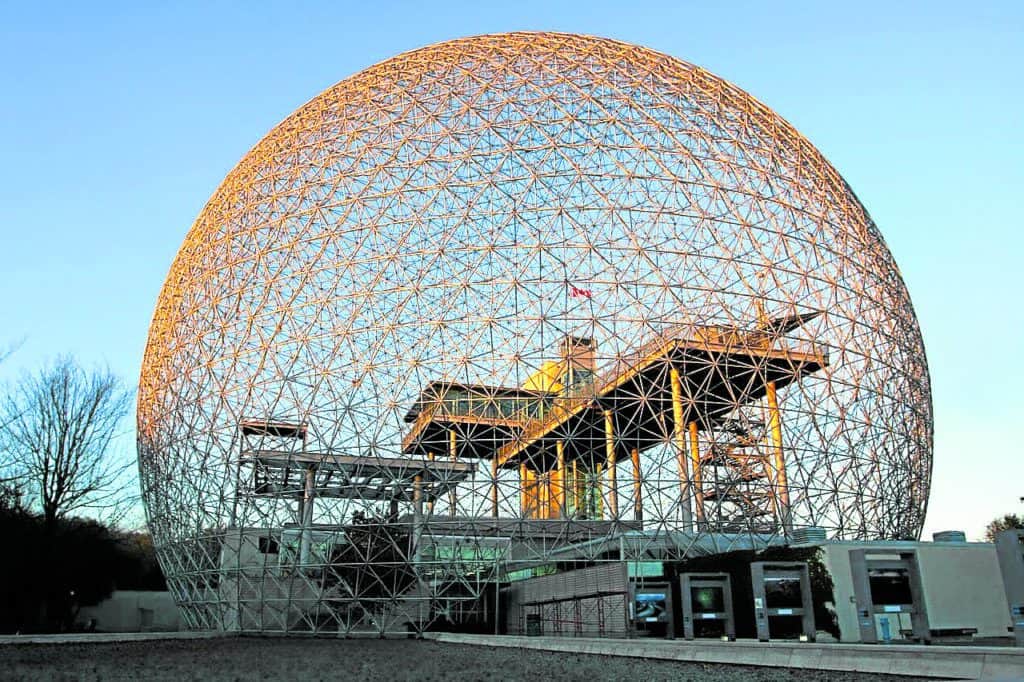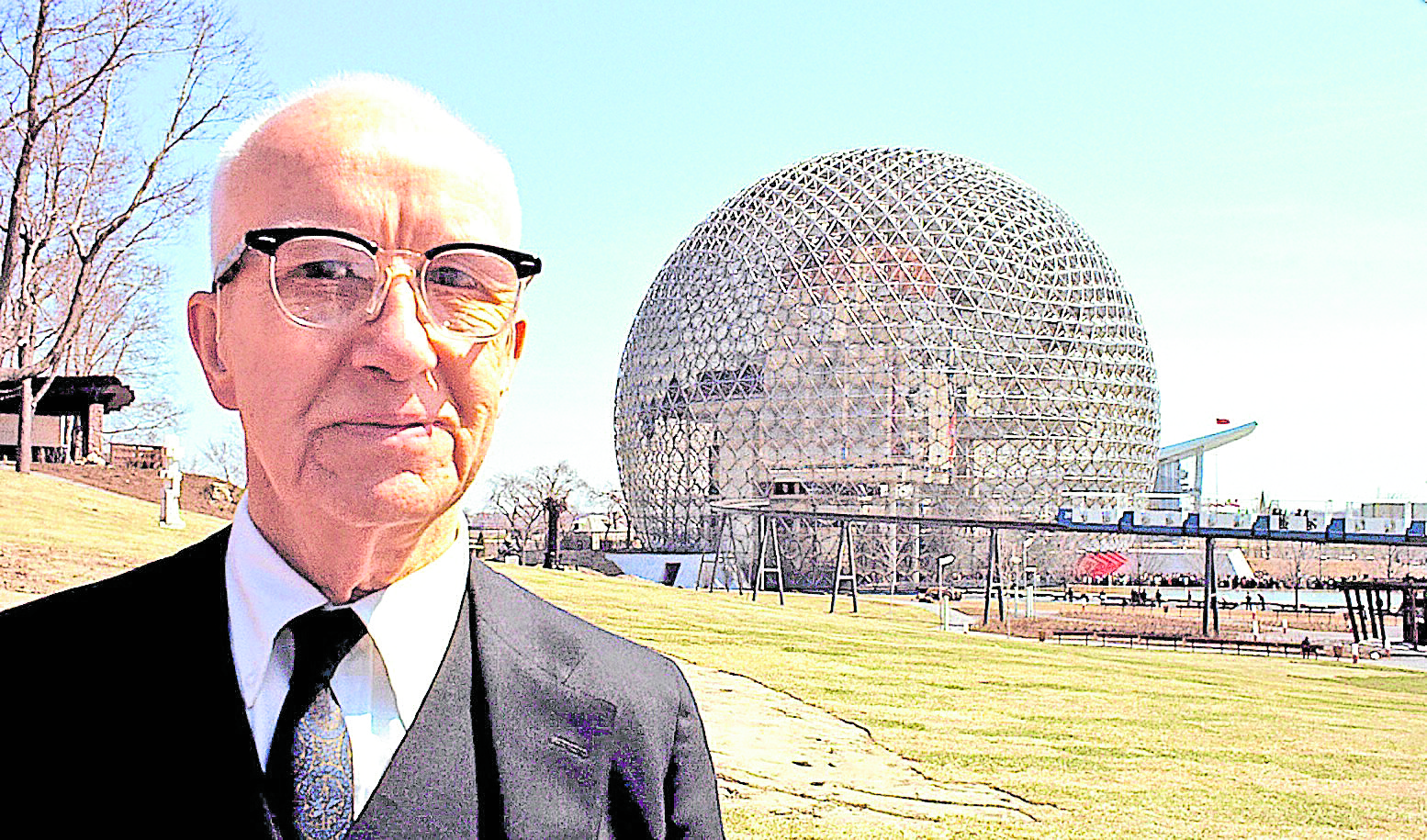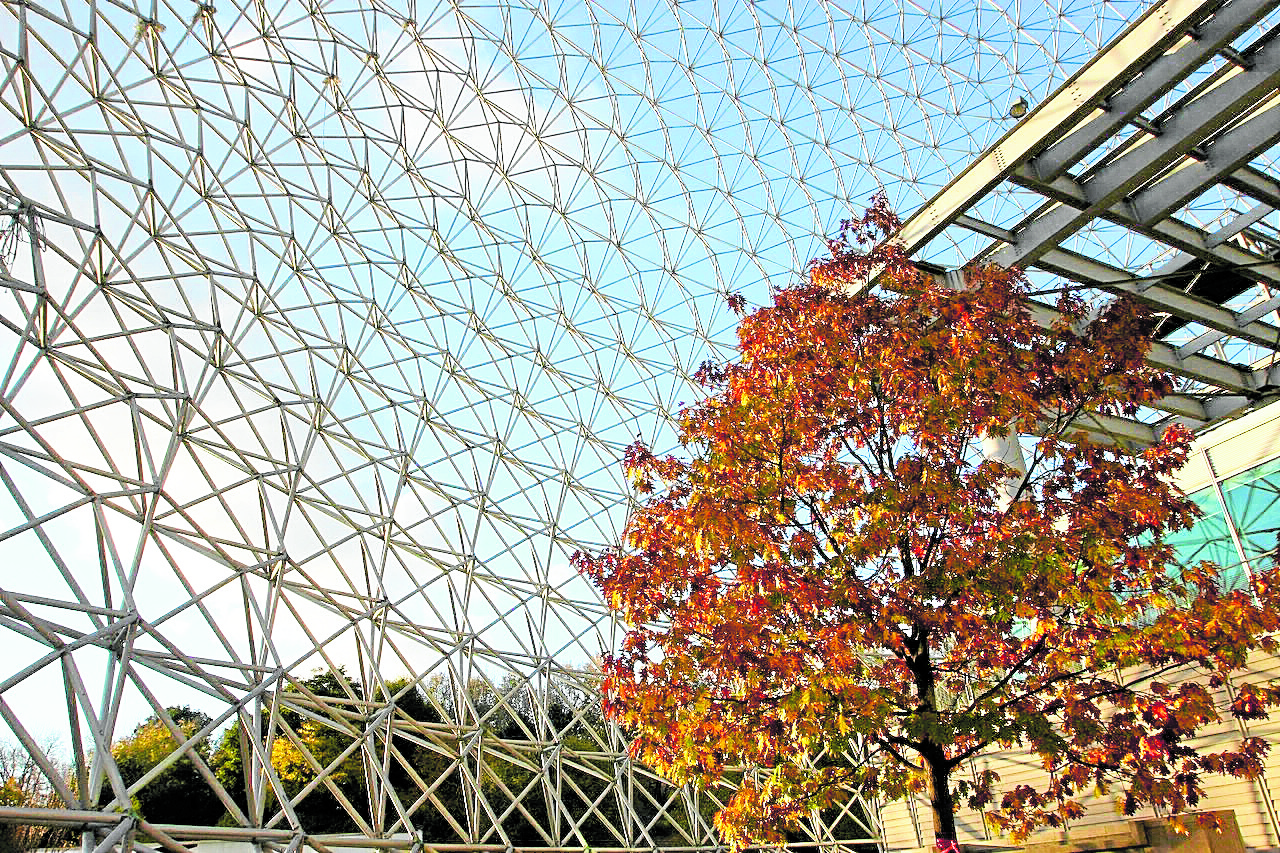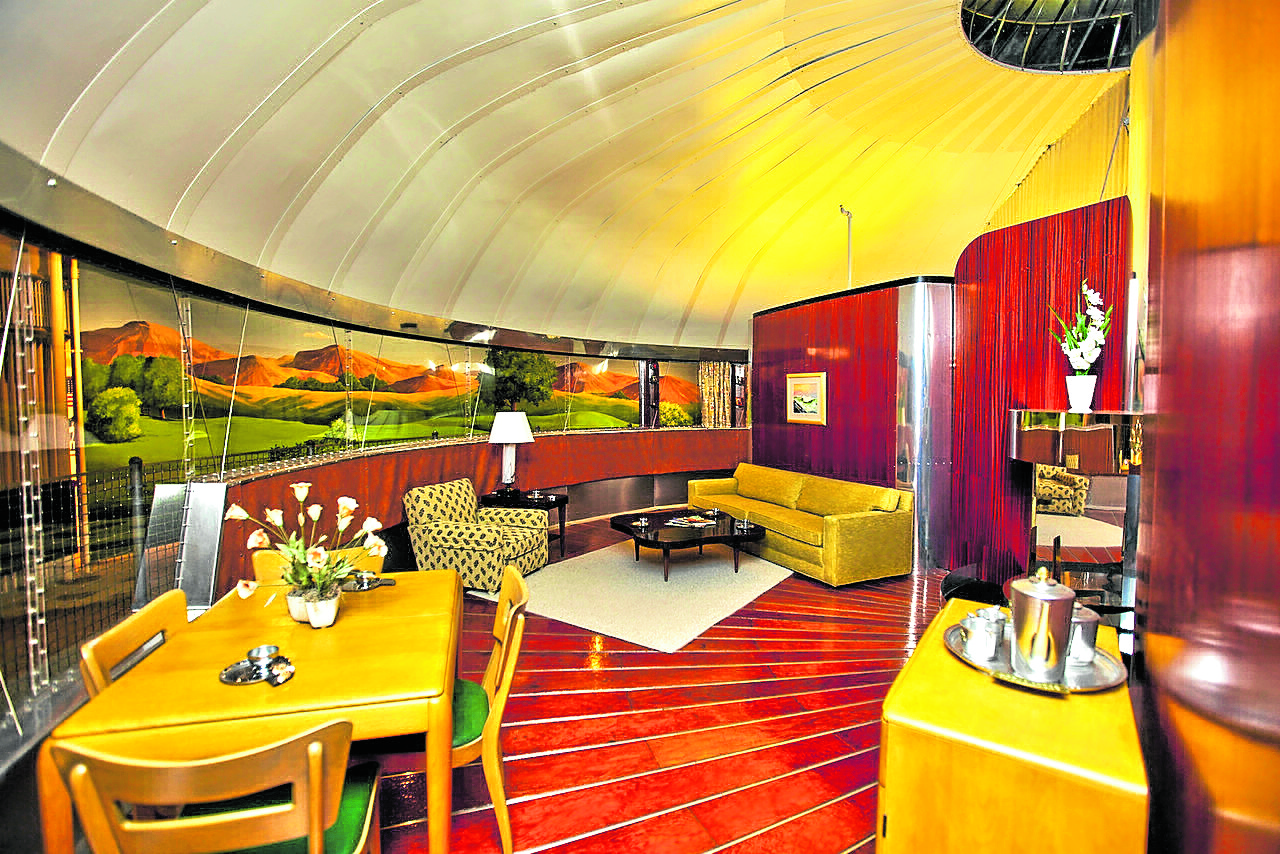The story behind the Taj Mahal, a breathtaking white-marble mausoleum built by Mughal emperor Shah Jahan for his wife Mumtaz Mahal, has long been considered as one of the grandest declarations of lasting love in history. Come the 1960s, however, and a radical yet just as symbolic declaration of love was initiated by Richard Buckminster Fuller.

Architect, author, inventor, husband
Best known for pioneering today’s geodesic domes, Fuller was an American architect, inventor, and visionary who’ve had a massive influence in architecture and popular culture in the latter 20th century. His intention of making the world work for 100 percent of humanity in the shortest possible time through spontaneous cooperation without committing any form of an ecological offense or humanitarian disadvantage eventually hailed him as the father of sustainability.

Montreal Biosphere, a symbol of love for the outer space
Fuller’s Montreal Biosphere represented the US Pavilion during Expo ’67. Towering at 20 stories, its huge skeleton of steel polyhedrons wrapped in acrylic skin represented the United States’ momentary desires at that time: lunar colonization, technological salvation and global domination.
By using only a fifth of materials typically used in conventional architectural design, the Montreal Biosphere perfectly confirmed Fuller’s hypothesis of creating a perfectly livable space with significantly reduced materials. Thanks to its framework consisting of triangular units that were both light and self-supporting, the structure also represented utmost structural efficiency with minimal effort.
Inside, the structure presented various cultural contributions of the US to the world, such as renowned artworks and spaceships from its Apollo missions.

Anne’s Taj Mahal, a symbol of marital love
Sure, Montreal Biosphere’s enormous size, transparency and innovative technology immediately crowned it as Fuller’s most dramatic structure. It mirrored the US’ “love” for leading the world in every field it desires. However, another form of love was at play, as this iconic geodesic dome was also dubbed as “Anne’s Taj Mahal” in honor of Fuller and his wife, Anne Hewlett Fuller.

How incompatibility sparked its doom—literally
Aside from climates contradicting the dynamics of indoor air circulation, requiring them to have extensive ventilation and fire prevention systems, geodesic domes such as the Montreal Biosphere were also impossible to extend and may not thrive in highly urbanized environments. While its public appeal is well-known, incompatibility eventually got in the way.
Over time, the structure revealed its inability to heat which, combined with Canada’s varying seasons and temperatures, caused the structure’s metal tubes as well as its acrylic outer panels to significantly expand and contract, eventually making leakage a common occasion.
Despite the subtle inconveniences, the structure finally gave in when on May 20, 1976, a welding operation taking place on its outer covering caught fire, destroying its entire acrylic shell within half an hour. While its iconic tubular frame survived and remained thriving up to this day, its acrylic shell was never replaced. Nonetheless, Fuller’s Montreal Biosphere, Anne’s Taj Mahal, or whichever way you prefer to call it, remained to be the city’s most iconic structure over five decades and a fire later.
The author is the principal architect of Fulgar Architects, an architectural firm helping local and international property developers get into unique and diversified planning and design specialties for real estate, hotels, condominiums, commercial and mixed-use township developments with a pursuit for the meta-modern in the next Philippine architecture
#realestateblogph | #realestateblogphsundayfeature | #REBPH | #realestate | #TajMahal | #India | #TombOfLove
Article and Photo originally posted by Inquirer last February 13, 2021 3:30am and written by Ar. John Ian Lee Fulgar.







More Stories
Weekend wanderer: This walk in Manila is a trip to art and to our past
Enjoy no-frills camping in the great outdoors in Tanay
Landco Pacific raises the bar for premium resort and leisure living